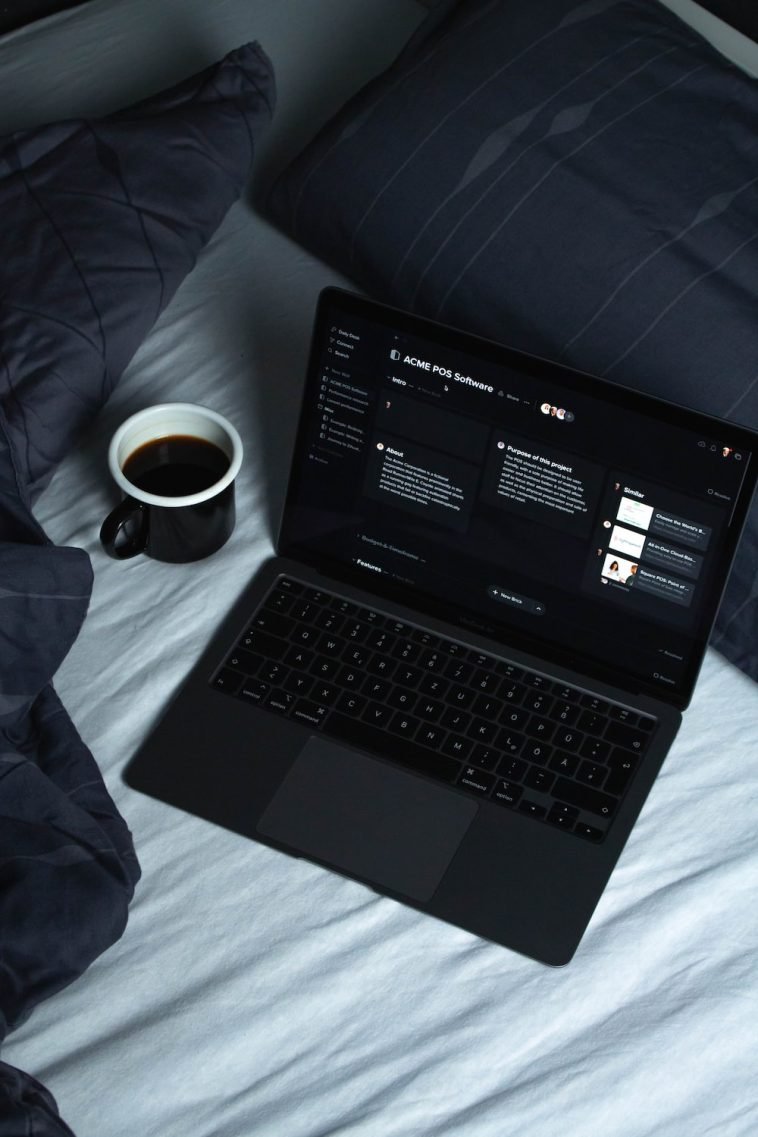Introduction.
Cold emailing can be a game-changer for freelancers looking to land new clients and grow their business.
It’s not just about sending a bunch of emails and hoping someone responds. It’s about making connections, offering value, and showing potential clients why you’re the right fit for their needs.
Done right, cold emailing can open doors to amazing opportunities. Done wrong, it can feel like you’re just shouting into the void.
In this guide, I’ll share how to craft cold emails that get noticed, replied to, and turn into real freelancing gigs. From writing the subject line to following up, I’ll break down the process step by step.
Why Cold Emailing Works for Freelancers
As a freelancer, building a client base can feel overwhelming. Platforms like Upwork and Fiverr are competitive, and sometimes jobs posted there don’t match your skills or rates.
Cold emailing gives you control over who you reach out to and allows you to target clients who are a perfect match for your expertise.
It’s also surprisingly effective. Studies show that the average open rate for a cold email is around 20%, and a well-written, personalized email can get a response rate of 10-15%.
That might not sound like much, but when you’re targeting high-value clients, even a small response rate can lead to significant work.
How Do I Write an Effective Cold Email?
1. Do Your Research
Before writing a single word, learn about the person or company you’re emailing. Who are they? What do they do?
What challenges might they be facing? The more you know, the easier it is to show how you can help.
For example:
- Check their website to understand their business and tone.
- Look at their LinkedIn profile to find common connections or recent updates.
- Review their work to identify areas where your skills could add value.
2. Start with a Strong Subject Line
Your subject line is the first thing they’ll see, so make it count. Keep it short, clear, and focused on their needs. Avoid anything that feels salesy or vague.
Examples:
- “Quick idea to improve [their company’s pain point]”
- “Freelance [specific skill] services for [company name]”
- “Loved your recent [specific project]; here’s a thought”
3. Personalize the Email
Nobody likes generic emails. Start by addressing the person by name and mention something specific about their work.
For example:
- “Hi Sarah, I came across your recent blog on digital marketing trends, and I loved the insights you shared about [specific point].”
This shows you’ve done your homework and aren’t just copying and pasting the same email to dozens of people.
4. Introduce Yourself Briefly
Keep it short and relevant. Mention your name, your freelancing niche, and any notable experience or achievements that make you credible.
Example:
“I’m Alex, a freelance graphic designer with over five years of experience creating visuals for brands like [relevant client]. I specialize in helping companies like yours stand out with compelling, custom designs.”
5. Focus on Them, Not You
This is the most important part. Explain how you can solve their problems or add value. Instead of saying, “I’m looking for work,” focus on what you can do for them.
Example:
“I noticed your website could benefit from more engaging visuals to showcase your services. I’d love to help you create designs that increase clicks and conversions.”
6. End with a Call to Action
Be clear about what you want them to do next. Whether it’s scheduling a quick call, replying to your email, or checking out your portfolio, make it easy for them to take action.
Examples:
- “Would you be open to a 10-minute call next week to discuss this?”
- “Here’s a link to my portfolio [insert link]. Let me know if you’d like to see more examples.”
7. Follow Up
Most people won’t respond to your first email, and that’s okay. Following up (politely) shows you’re serious and keeps you on their radar. Wait about 5–7 days before sending a follow-up, and keep it short.
Example:
“Hi Sarah, I just wanted to follow up on my last email. I’d love to hear your thoughts and see how I can help with [specific project].”
FAQs
1. How many emails should I send?
It’s a numbers game, but quality matters more than quantity. Start with 10–20 highly targeted emails a week and adjust based on your results.
2. What’s the best time to send cold emails?
Research suggests that emails sent on Tuesday, Wednesday, or Thursday mornings have the highest open rates.
3. Should I attach my portfolio or include a link?
Always include a link to your portfolio instead of attaching files. It’s easier for recipients to click a link, and attachments can sometimes trigger spam filters.
4. How long should my email be?
Keep it short and to the point. Aim for 100–150 words.
5. What if I don’t get any responses?
Don’t get discouraged. Revisit your email strategy—maybe your subject line isn’t strong enough, or your email isn’t personalized enough. Experiment and keep refining your approach.
Conclusion
Cold emailing for freelancing might seem intimidating at first, but it’s a skill that gets easier with practice.
The key is to focus on your potential clients and show how you can help them. By crafting personalized, value-driven emails, you can turn cold leads into warm opportunities.
What strategies have worked for you when reaching out to potential clients? Let’s exchange ideas and keep improving!





GIPHY App Key not set. Please check settings